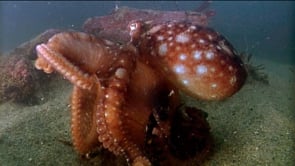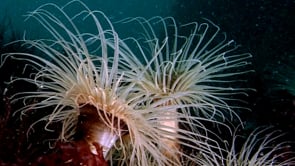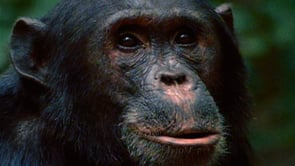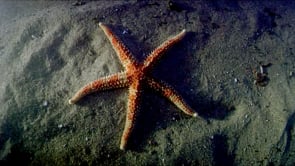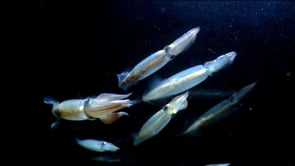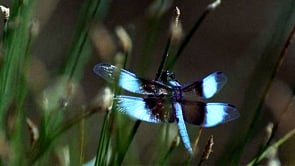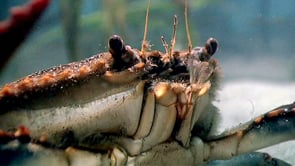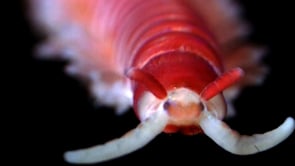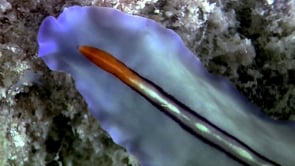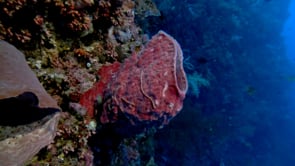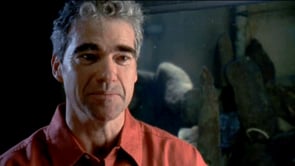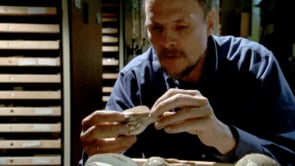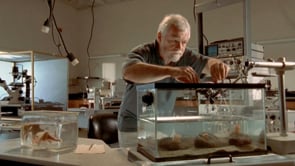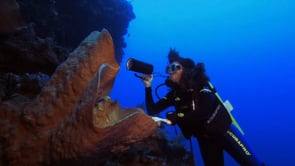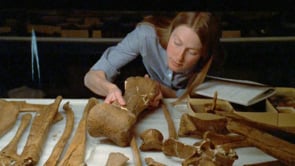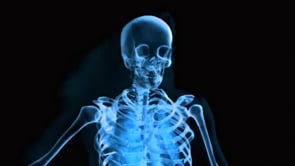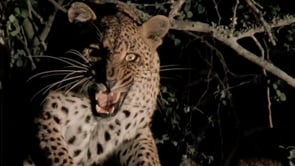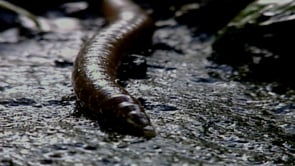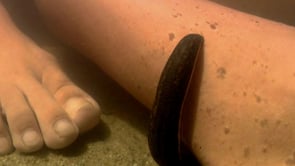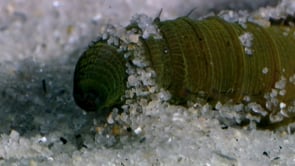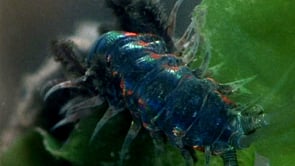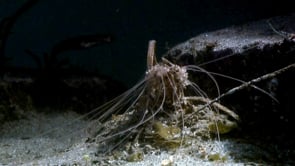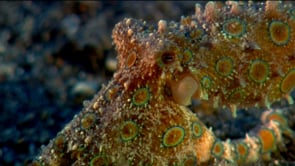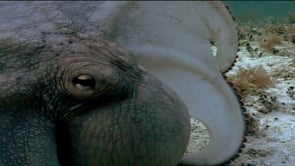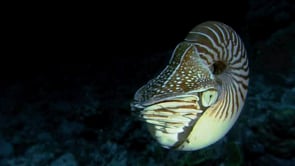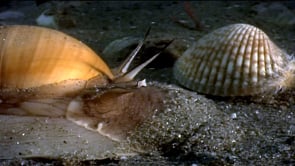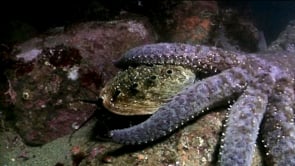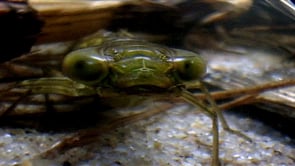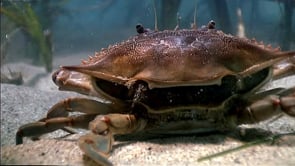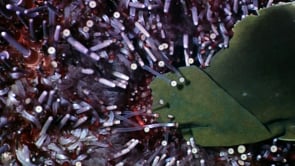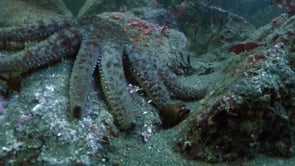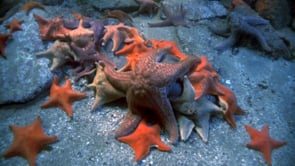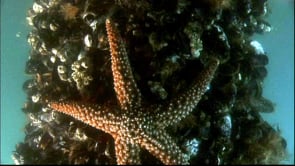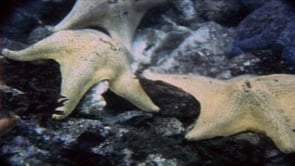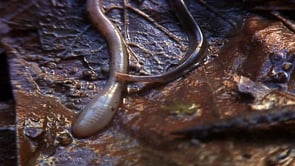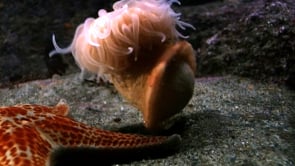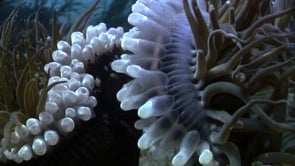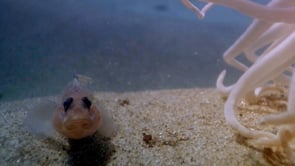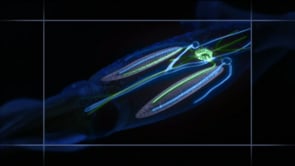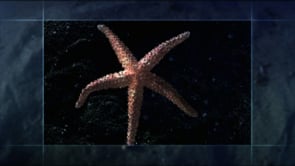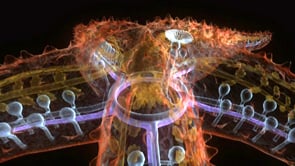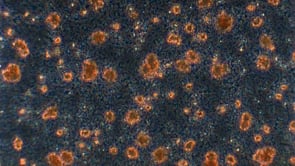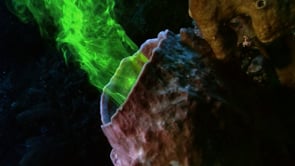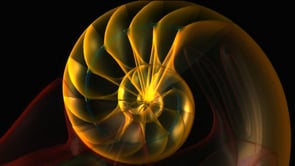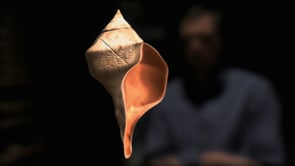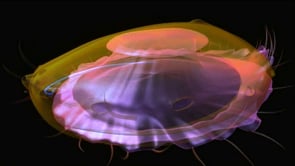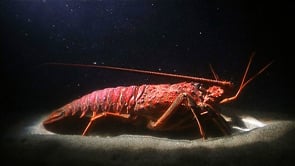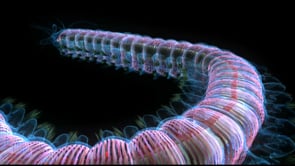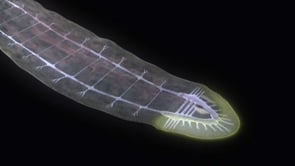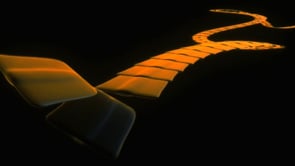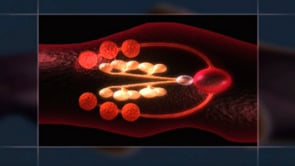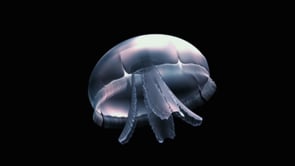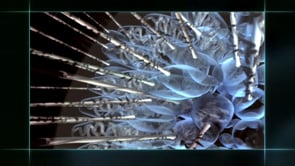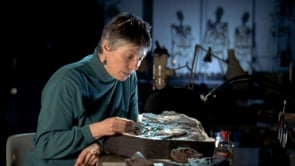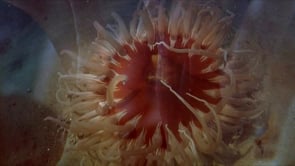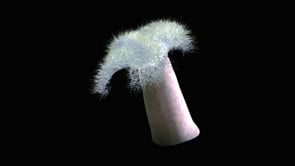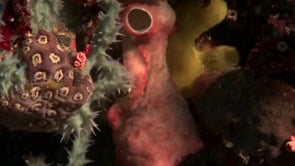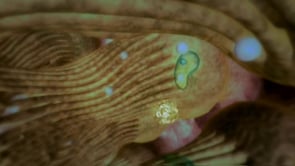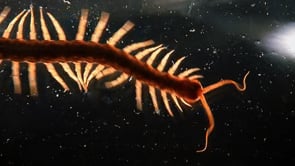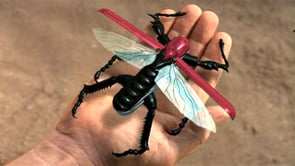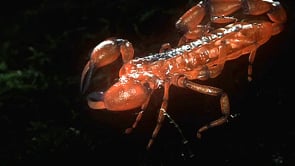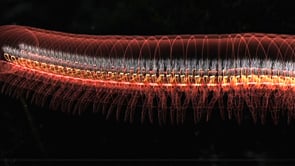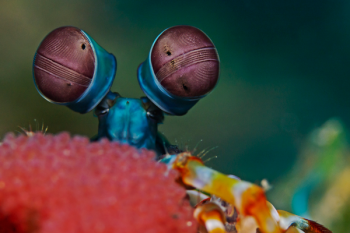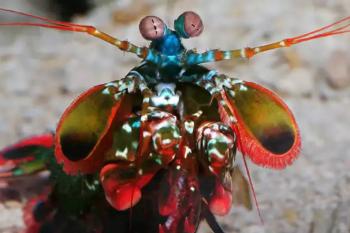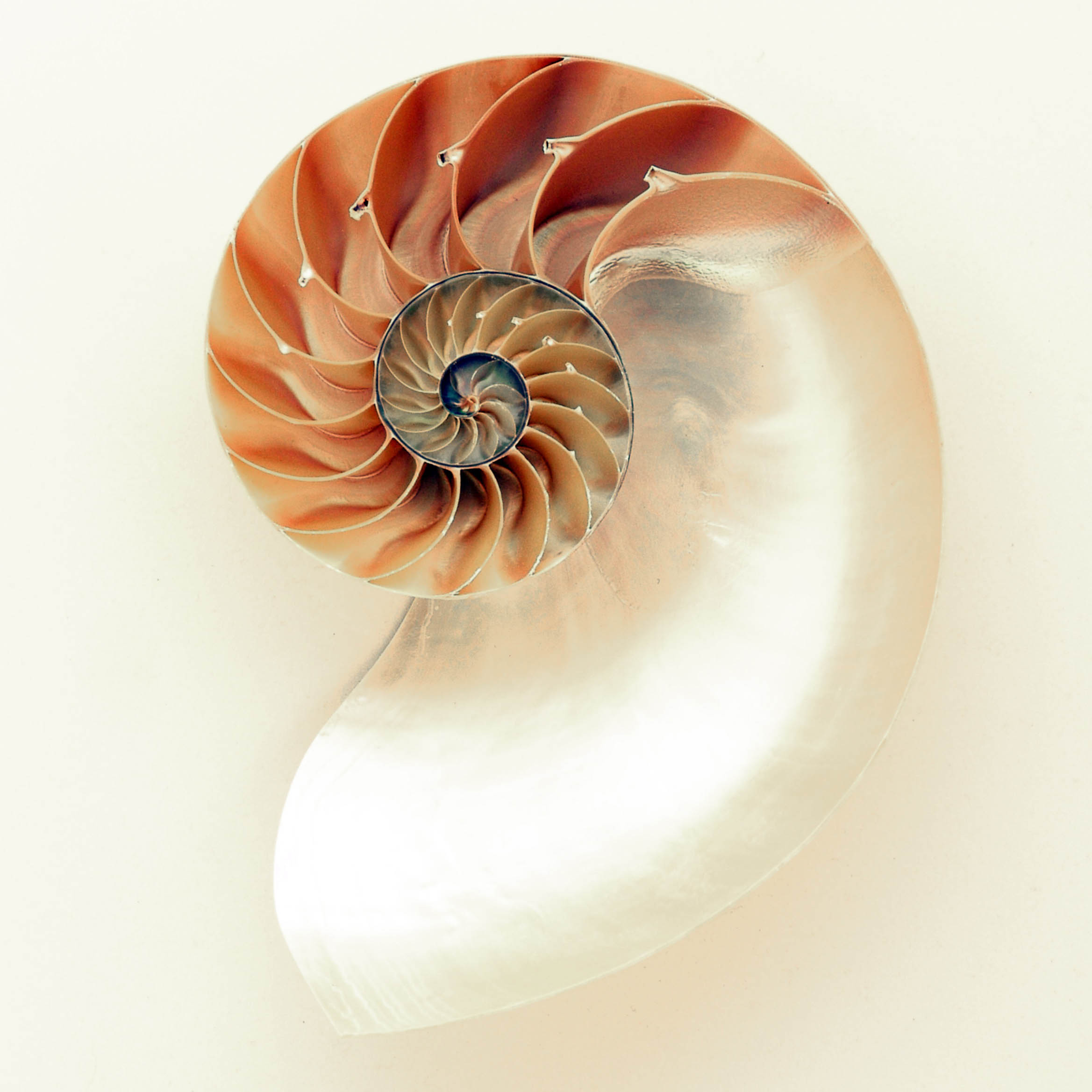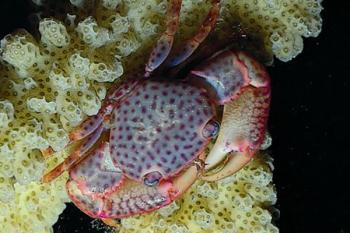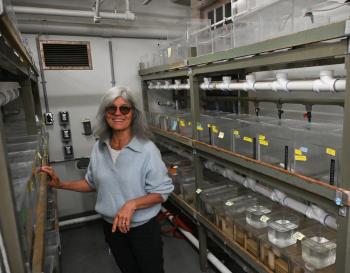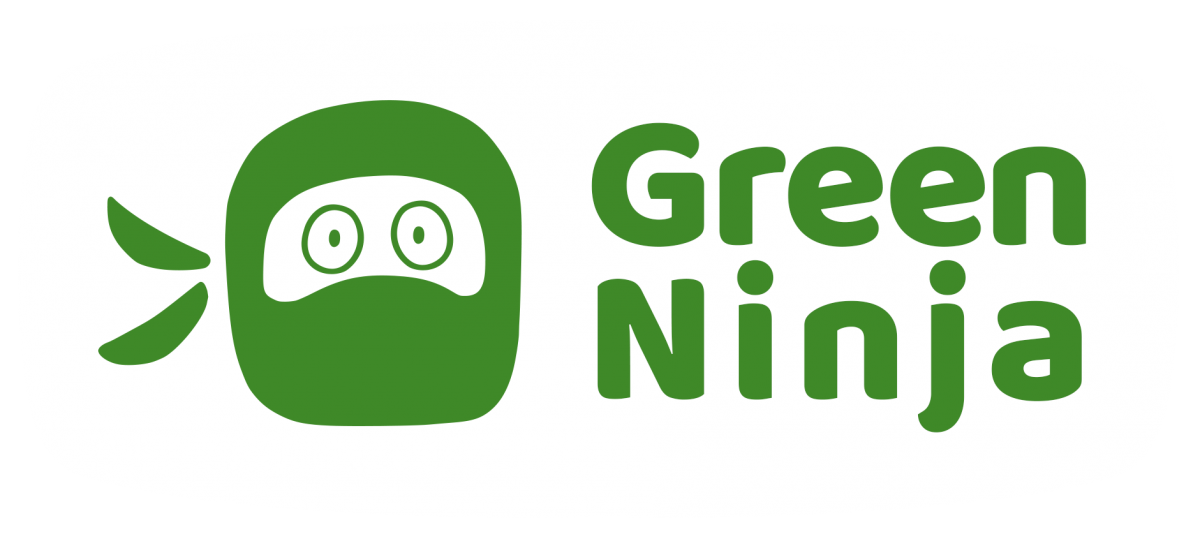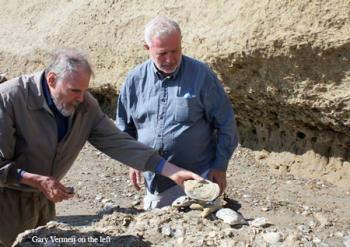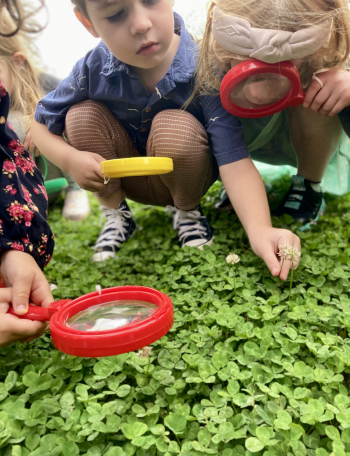In multicellular organisms, the body is a system of interacting tissues and organs, specialized for particular body functions.
MS-LS1.A Structure and Function
Associated Shape of Life Content
Phenomena-Driven Inquiry
In this lesson students engage in the practice of science by observing behaviors using Shape of Life videos with the audio and closed captioning turned off.
Phylum Mollusca: Macroevolution Module
Through a sequence of “explore-before-explain” laboratory investigations, coupled with segments from the Shape of Life videos, students study molluscs in the present and their long evolutionary history.
Marine Arthropod Adaptations + Engineering Design
Students explore the diversity and adaptations of marine arthropods through short videos and student centered activities.
Artful Echinoderms
Annelid Adaptions + Art
This lesson begins with students engaging in the practice of science -- observing the phenomena, describing their observations, and making sense of what they see. They observe annelid behaviors using a Shape of Life video with the audio turned off. They try to figure out what the phenomenon (the behavior) is, how it might help the organism survive, and how it might impact the environment. Working with a partner, they make hypotheses about what they are observing and organisms' adaptions that allow it to perform the behavior.
Shell Shocked
In this hands-on activity, students study the beautiful shells not as objects of beauty but as artifacts born of an evolutionary arms race.
The Eastern Oyster: A Not-So-Typical Mollusc
Lab dissection of a representative of Class Bivalvia. Supported by several Shape of Life segments, students interpret bivalve adaptations as a radical case of divergent evolution: A simple ancestral snail with a mobile lifestyle, single dome-shaped shell, bilateral symmetry, and a head (“cephalization”) transformed into a headless, double-shelled, sedentary filter-feeder whose bilateral form is obscure.
The Mussel: A Not So Typical Mollusc
World’s Most Awesome Invertebrate
After note taking during the phyla episodes of the shapeoflife.org, student pairs will randomly pick an invertebrate from the hat. After doing more in-depth research on their chosen invertebrate, student pairs will design and create a flyer that will promote the invertebrate’s special abilities. Furthermore, the students will find at least one video clip of their invertebrate from the shapeoflife.org website to present to the class as evidence of their claims. Finally the student pair will argue why their invertebrate should be crowned the “World’s Most Awesome Invertebrate.”
Cnidarian Adaptations
Students explore the origins of muscles, nerves, and animal adaptions through of study of the fascinating phylum Cnidaria.
What Is An Animal
In this lesson students discuss the definition of an animal. What characteristics do all animals have in common? To introduce the subject the teacher gives a brief discussion of the
five kingdoms (see reference below). What evidence is needed to decide that an organism is an animal? Students watch the video Sponges: Origins and reconsider the definition of an animal.
Activity: Invertebrate Critter Cards
In this activity students explore how animals are classified. For centuries taxonomists have been classifying the diversity of animal life based on observations and measurements of animals’ body plans. And now, with DNA sequencing, scientists have for the most part confirmed the work of earlier taxonomists. Students will learn the characteristics that define five of the major invertebrate phyla by watching videos, reading and sorting animal cards. The phyla are: Cnidarians, Annelids, Arthropods, Molluscs, and Echinoderms.
Our Chordate Family Tree
Students explore the evolution of the phylum Chordata by constructing a "family tree" - a diagram of evolutionary traits and animals.
